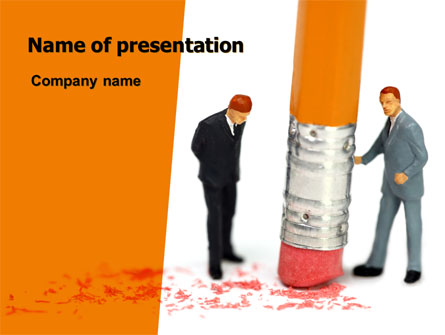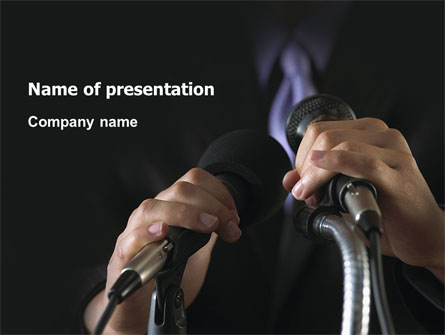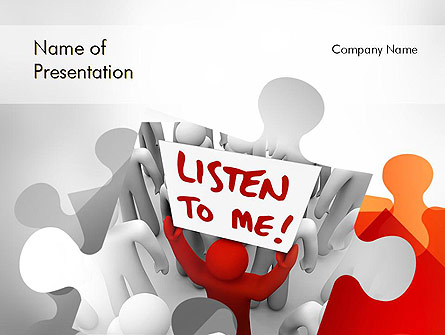There’s two types of people in this world. People who are comfortable speaking in front of a crowd, and people who aren’t. Some people enjoy getting up in front of a large group of people, and other people dread it. My twin sister, Nicole, is the latter.
I’ll never forget it. We were in our high school Honors English class, and the assignment was to recite a monologue from a Shakespearean play. Alphabetically, Megan comes before Nicole, so I went before my beloved twin. I recited my speech no problem, because I enjoy speaking in front of a large group. We’ll just say I’m a big ham.
For my sister, it was a different story. She walked over to the podium, and froze. You could almost see the beads of sweat forming on her forehead. She then got visibly upset, almost to the point of tears, rushed through her speech, and quickly sat down. It was pretty obvious that Nicole hated this.
This type of reaction is normal amongst people who do not like to be the center of attention. But when you’re a leader, it comes as part of the territory.
So for those of you who hate public speaking as much as my sister, here’s a few tips to make the experience less painful.
Preparation.
Instead of stressing out about giving a presentation in front of a large group, turn that negative energy into a positive. How do you do this?
With preparation.
- Get a good night’s sleep the night before. I know this can be hard with that nervous energy you’ve got brewing inside of you, but trust me. This works. Start your bedtime routine an hour or so earlier, unplug from your devices, and relax.
- Eat a healthy meal beforehand. Any personal trainer will tell you, food fuels your performance. Eat a healthy and hearty meal before your speech. You’ll stay full and focused throughout the presentation. And you’ll feel a lot better than if you ate a greasy cheeseburger.
- Don’t read your presentation, know it. A mistake a lot of speakers make it relying too much on their powerpoint. Know what points you are going to make, and where each one is in your presentation. Use a notecard if you have to, but don’t turn around too much to see what’s in the powerpoint. Know what points you’re trying to make. Then, recite them to the audience. Talk to them, not the back wall.
- Have a back-up plan. Nothing is more upsetting than when things don’t go as planned. If you can’t prevent it, have that back-up plan ready. If possible, send your presentation to someone at the venue ahead of time, or make sure you have a backup copy on a flash drive. (Bonus points if you do both!)
Don’t forget to sure all electrical equipment you’re going to use is working. You want the audience to hear as well as see you, so make sure your mic is working properly. That should help you avoid having technical difficulties come showtime. If the equipment isn’t working, the show must go on. Speak loud enough for everyone to hear you, and don’t stress out about it.
Remember, bad things are going to happen sometimes, but that’s why you should always have a plan B.








